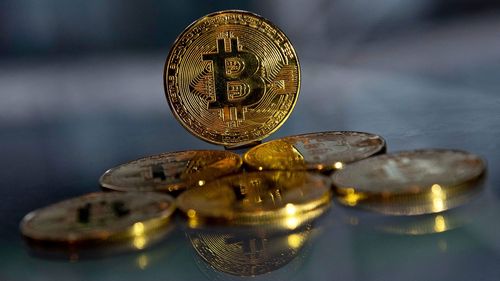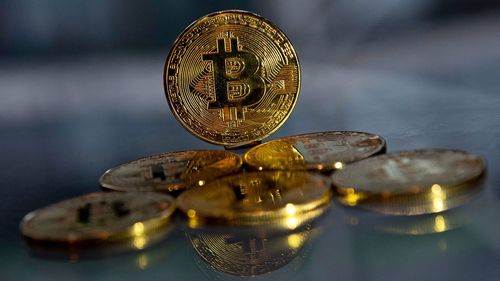Share this @internewscast.com
By any measure, the past few weeks have been turbulent for the cryptocurrency sector.
While digital asset investors are no strangers to wild price swings, a staggering US$1 trillion (approximately $1.55 trillion) loss over the last month and a half has left even the most committed enthusiasts shaken and many recent adopters reconsidering their positions.
Bitcoin, often seen as the flagship of the crypto world, has seen its value plummet since reaching an all-time high of US$126,000 (around $194,895) in early October.

The situation escalated when former US President Donald Trump rekindled trade tensions with China, igniting panic among traders and triggering a cascade of automated sell-offs in the precariously leveraged cryptocurrency markets.
On that tumultuous day, a flash crash erased US$19 billion (approximately $29.4 billion) from the crypto market. For many investors, the steep decline was a wake-up call, prompting them to abandon the market, thereby increasing the vulnerability of bitcoin and other digital currencies to further price fluctuations.
This sudden downturn compelled numerous investors to liquidate assets to satisfy margin calls, creating a vicious cycle. As bitcoin’s price dropped, investors were hit with more margin calls, forcing them to sell even more of their bitcoin and other assets to cover their financial obligations.
What makes this crypto crash different is the presence of billions of dollars that have entered the crypto market through spot bitcoin funds that US regulators approved last year.
Mainstream investors got into crypto to enjoy the ride up, but they don’t have the same level of devotion to the ideology as early adopters who are bolstered by intense online communities encouraging one another to buy the dip and keep the faith.
“The bottom line is, bitcoin is for normies now,” Steve Sosnick, chief strategist at Interactive Brokers, said.
“As a result, the normies are going to view it as another speculative holding in their portfolio … it’s going to be treated like a volatile mainstream investment.”















